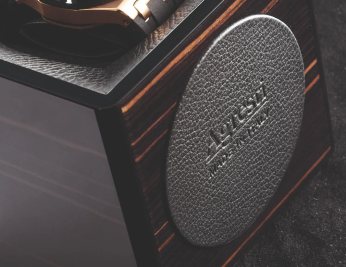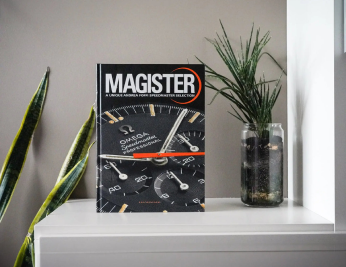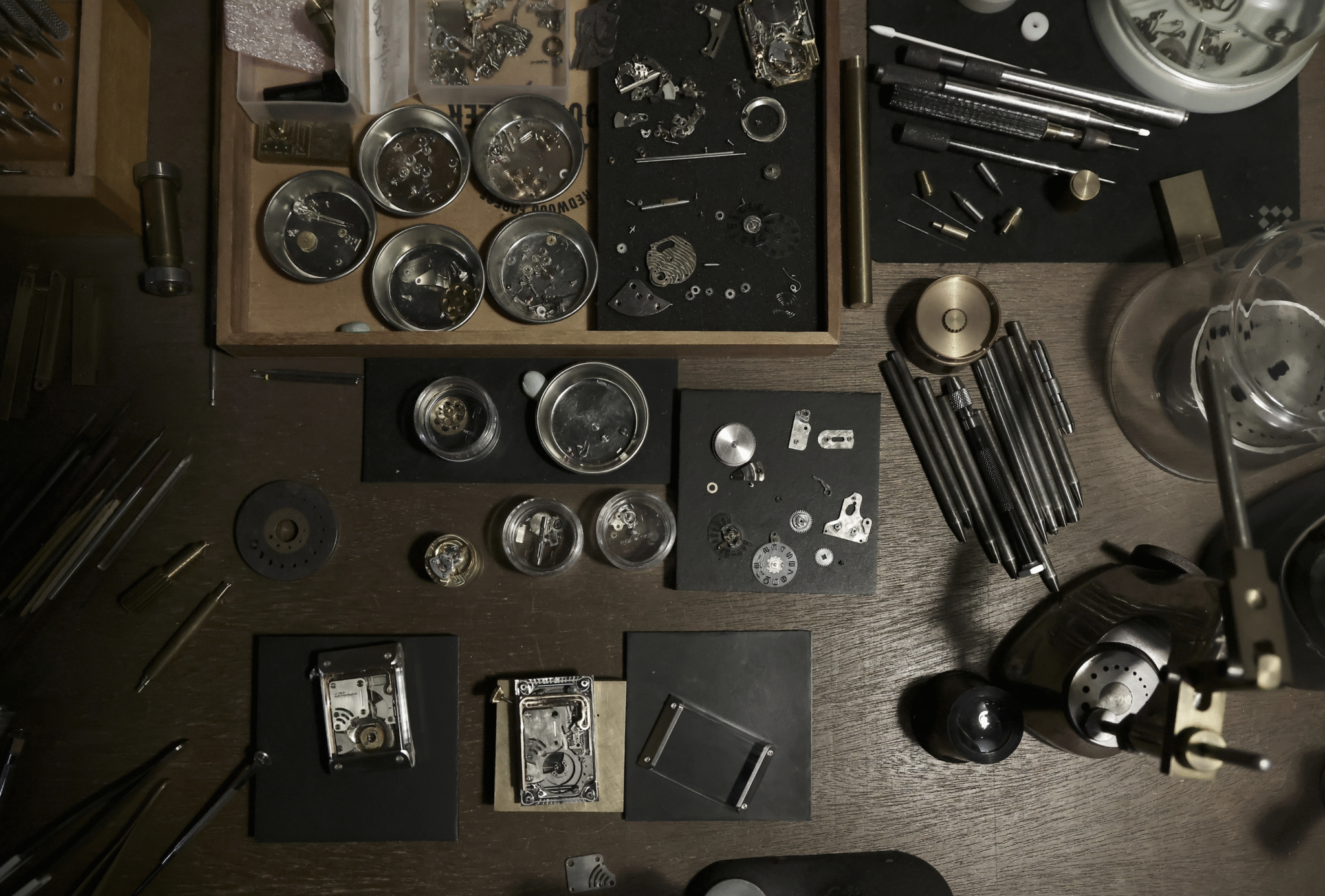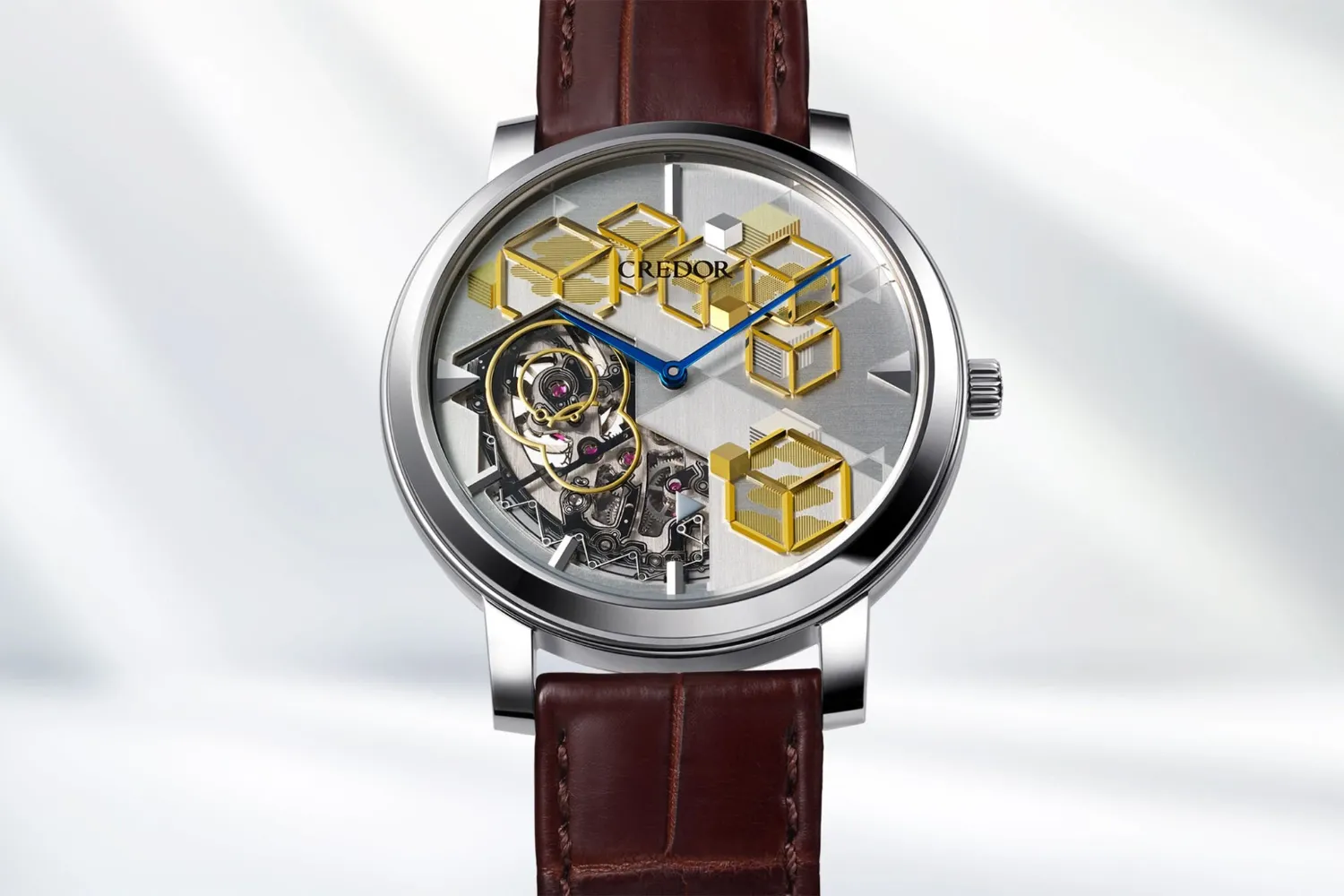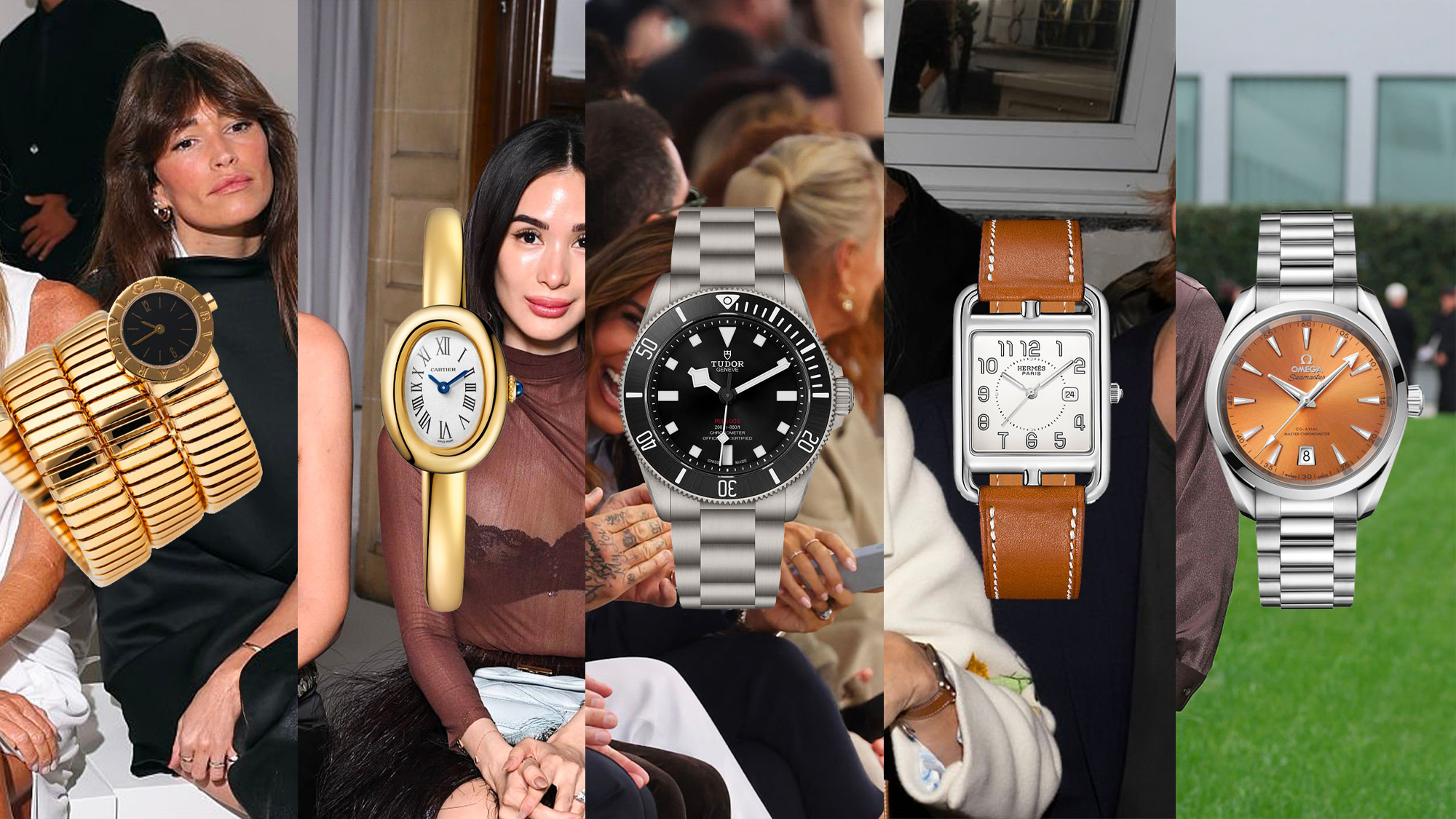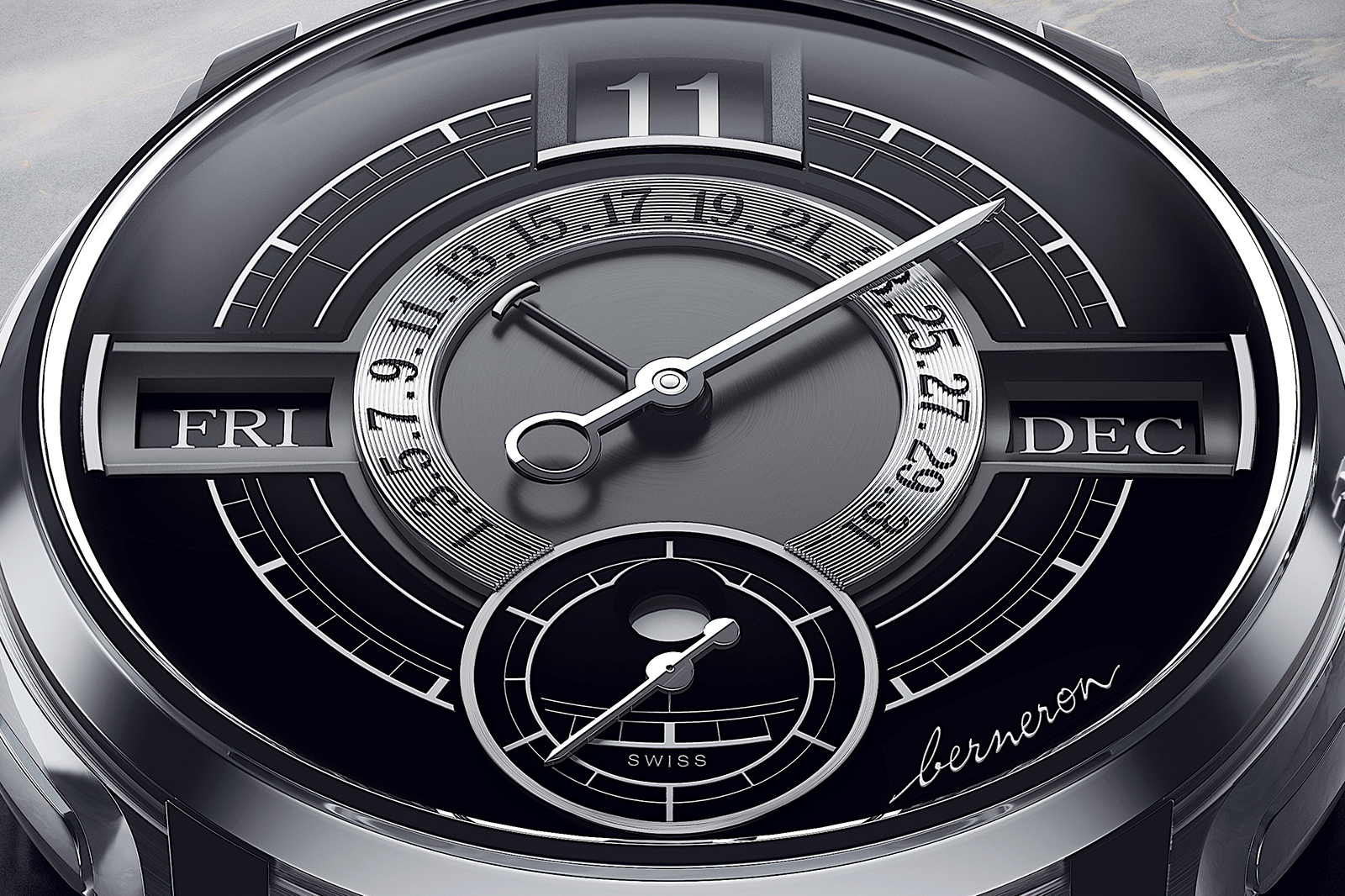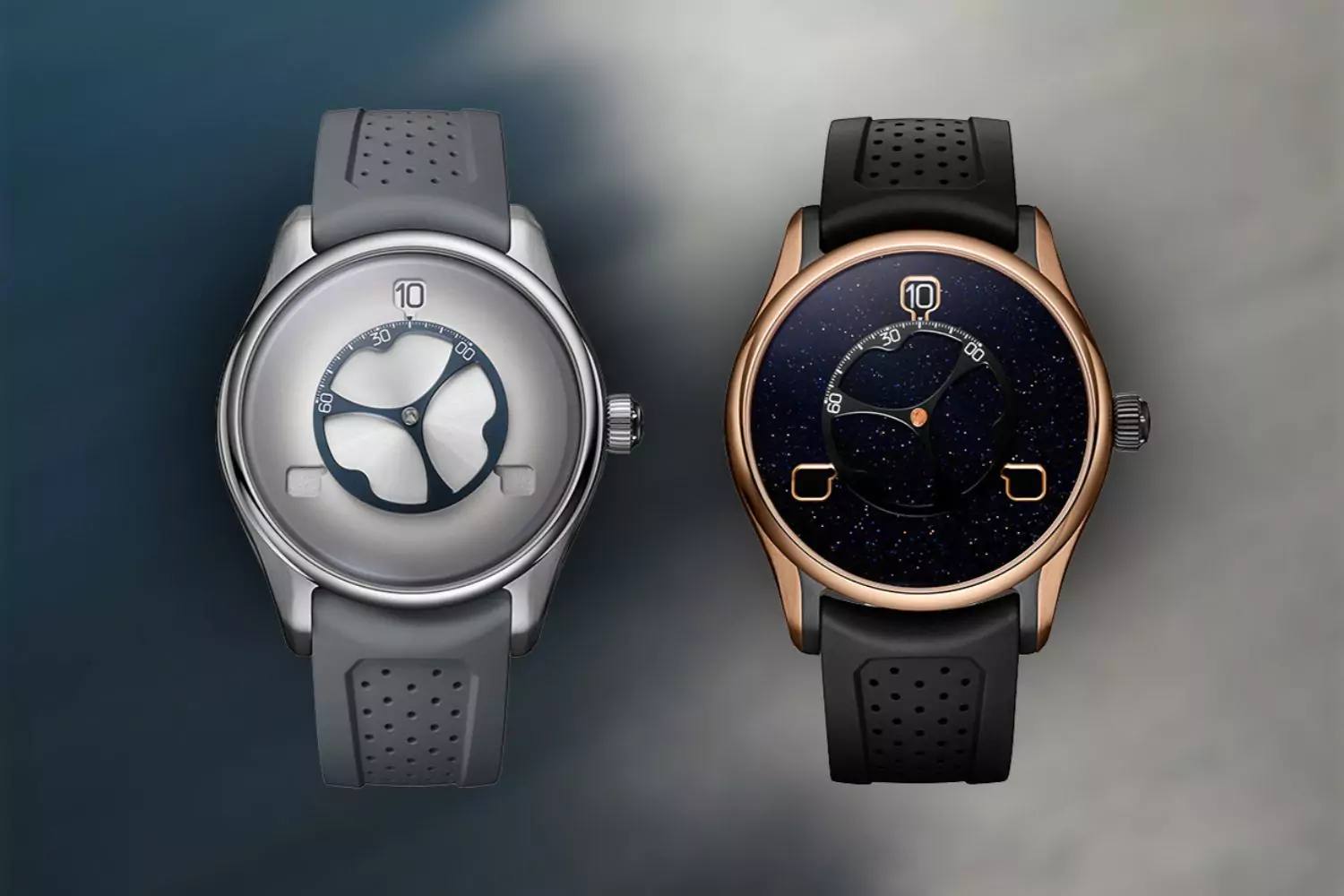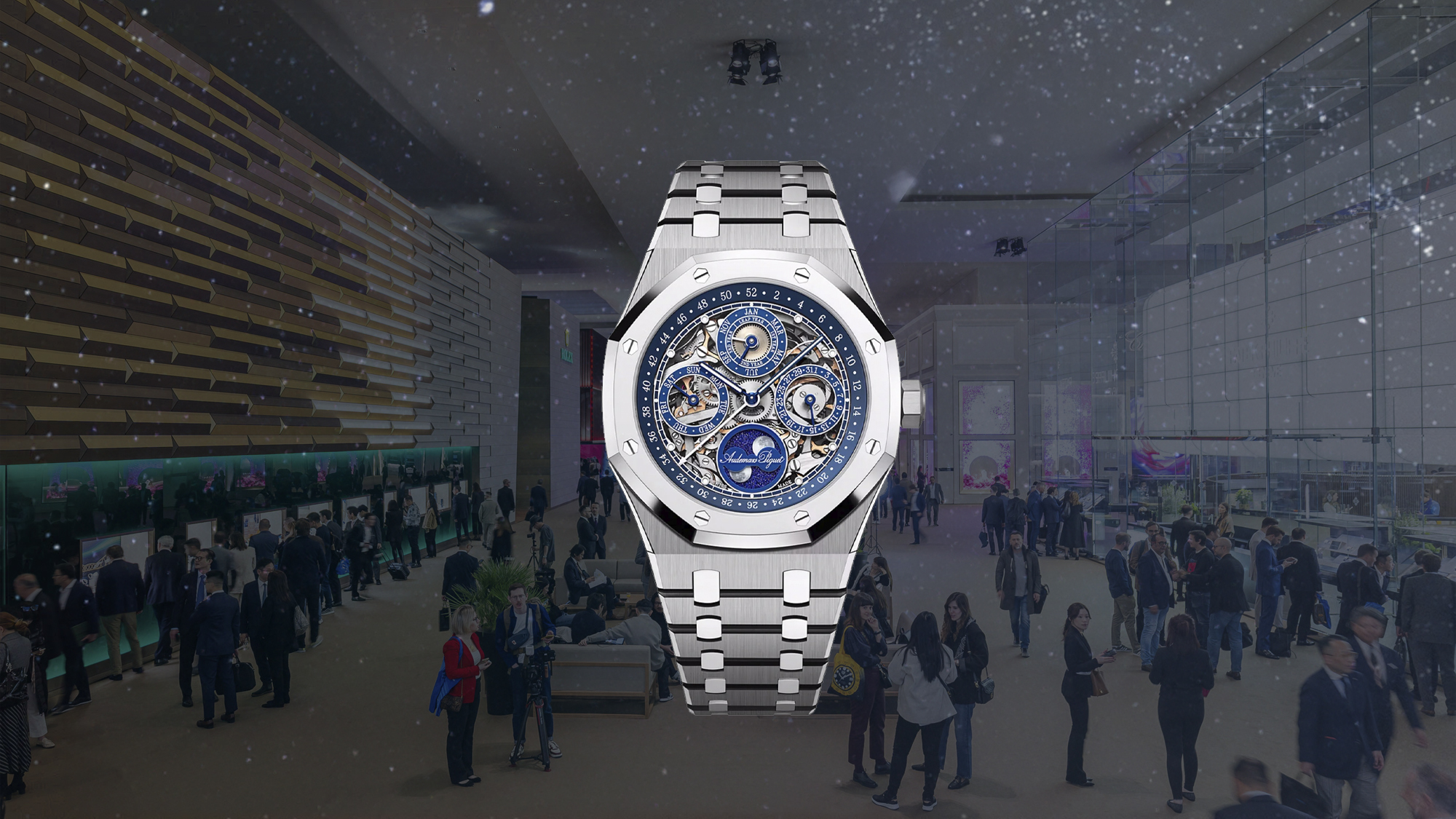We know that Haute Horlogerie is a world apart, sometimes its product seems to come from a distant past, others from a very unlikely future, but always following the meaning of the term “manufacture” to the letter. Jaeger-LeCoultre’s Atelier Metiers Rares® is a perfect expression of this.
It was 1833 when, in the heart of the Vallée de Joux, in Switzerland, Antoine LeCoultre transformed the small family barn into a watchmaking workshop, they began to create high-precision timepieces. He was a brilliant inventor, able to balance intellect and imagination, applying himself to the challenge of measuring time. Obsessed with precision, he set out to personally create the tools needed to develop the smallest components in order to produce the most accurate calibers.
Bringing together the rarest skills
At the time of its foundation, Jaeger-LeCoultre officially became the first watch manufacturer in the Vallée de Joux capable of bringing together every aspect of watchmaking craftsmanship under one roof; approach that represented a revolution for the watch industry.
Revolutionary choice, at a time when almost all watchmakers worked from home, each with their own specialty, jealously guarding their trade secrets.
Today we want to explore with you some phases of the work of this extraordinary manufacture, through the art of its crafts, capable of shaping real works of art, where except for the aid of some new technology, the methods used are today the same used since its foundation.

Enamelling, an art with a long history
Enamelling is a millenary art, dating back to the 5th century BC when the sculptors of Ancient Greece decorated their statues with opaque enamel inserts, since it was only in the 12th century, in the Gothic era, that the use of transparent enamels spread.
The methods became more and more refined, allowing the English goldsmiths of the sixteenth century and their French colleagues of the eighteenth century to create real enameled masterpieces.
Among all the techniques, miniature painting on enamel represents one of the most successful expressions of this ancient art, used since the 17th century to decorate jewels and precious objects.
Initially known as “Blois enamel”, this technique will be perfected in Geneva, which will soon become the capital of this art and especially of its application to watchmaking.
The historical alliance between enamel and Haute Horlogerie
The meticulous attention to detail, combined with a taste for perfection, will lead the Geneva enamellers to develop the method of “painting under fondant”, a version of the miniature on enamel that stands out for its artistic precision and the preservation of its splendid appearance through the weather.
Already during the reign of Louis XIV, enamellers and miniaturists pooled their talent to create ever more refined watches; miniature portraits and fascinating rural scenes in the style of Watteau’s paintings thus decorated watch cases and dials.
Only Jaeger-LeCoultre keeps this ancient tradition alive today, of decorating the cases of high-quality watches with enameled miniatures; in their workshops it is possible to customize the dial of any watch in the collection, or why not the iconic Reverso revolving caseback, which lends itself well to this work.
The ancient techniques of enamelling, perfectly controlled until they are overcome and enriched, thus become the expression of a unique know-how.
But how are these works of art born?
The work begins before the actual painting phase, with a preparation phase in which the enameller covers the back of the dial plate, or the case back, with a layer of enamel called “counter enamel” which aims to prevent any deformation of the metal during the firing phase.
Now the decoration work can begin, by applying overlapping layers of white glaze, the addition of various pigments in the form of metal oxides to this basic glaze, allows for a wide range of colors. The glazes with splendid colors are applied to the metal using a goose feather or a very fine brush, before the components are fired in special ovens several times, until the desired color tone is obtained.

As it is easy to guess, each step requires a lot of attention and mastery, as the quality of the final result largely depends on obtaining a stroke as precise and subtle as possible, while each phase of high temperature cooking, between 800 and the 850 represents an enormous risk for the success of the whole work.
The enamelling process also requires enormous attention to the amount of material applied, the enameller must pay close attention so as not to exceed the extremely reduced tolerance limits, of the order of 2/10 of a millimeter, necessary to guarantee the perfect functioning of the movement. .

To protect the enamel miniature painted on the back of a Reverso, the master enameller will finish his work with the application of several light coats of “fondente”, a transparent enamel that acts as a protective varnish for the miniature, while giving it a incredible vivacity to the motif, enhancing the depth and intensity of the colors.

This last phase, also known by the name of “painting under flux”, takes place at a temperature above 800 ° and hides numerous dangers, since each passage in the oven can mean the irremediable loss of many hours of patient and meticulous work; it is the most successful technique of miniature on enamel, thanks to its great artistic value and its unalterable character.

Jaeger-LeCoultre never ceases to innovate and amaze even in this field. In Venice, on the Giorgio Cini island during the Homo Faber 2022 edition, the Maison presented the Atmos clock “Cherry Blossom”, a project that involved a vast panorama of artisan talents in its realization.
What is undoubtedly most surprising is the aesthetics of the two black enamel panels depicting the famous “sakura, cherry blossoms, traditionally admired in Japan in the practice of” hanami “.

It is the first time that such large panels in Grand Feu black enamel have been made in the ateliers of Jaeger-LeCoultre, which took two hundred hours of work to achieve a perfect shade.
For this extraordinary work it was necessary to change some phases of the glazing process, since larger surfaces react differently to temperatures and firing in the kilns.
After completing the black enamel backgrounds, the masters who mastered the miniature technique continued with the hand enamel painting of the cherry blossoms.

In the contemporary era, where everything is very fast and chaotic, the art professions tell of the stability, the passion, the calm of a profession that is also capable of reassuring young people in an inclusive way.

Within its Manufacture, Jaeger-LeCoultre has more than 180 know-how, including a workshop dedicated to crafts such as setting, guillochage and micro-painting, in addition to the enamelling we told you about today. In the atelier of Rare Crafts, the Maison is always developing new techniques to find further expressions and train young masters, so that these arts are handed down over time.
If you are interested in Jaeger-LeCoultre, here you have the link to the dedicated section on our website.
Do not miss any real-time updated on the world of watchmaking, follow us on Instagram.

